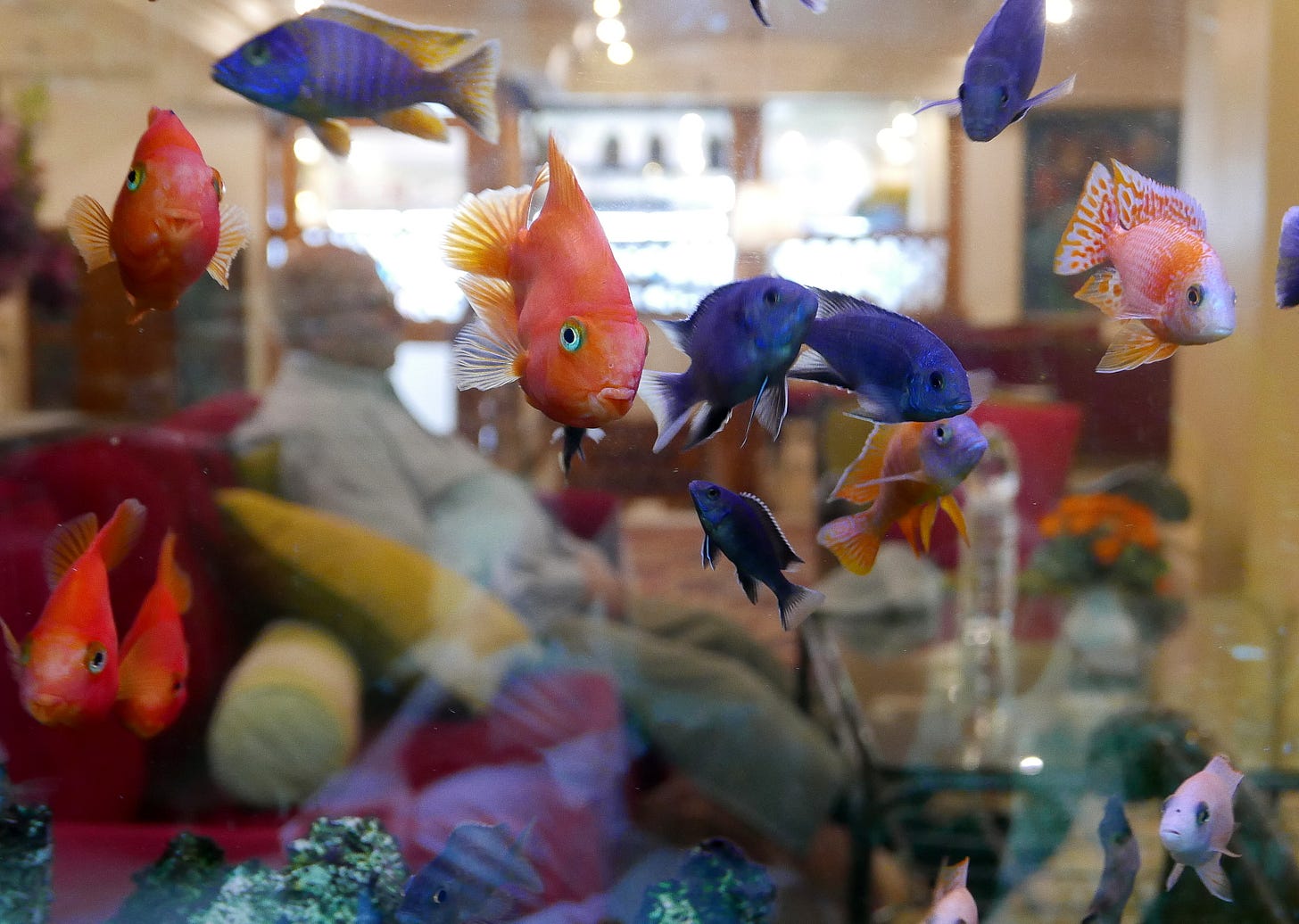Mixing Fish and Fowl
Ever since I received a Pentax K1000 about 40 years ago, I have been unaccountably drawn to photographing creatures of the wild
I have previously written about how my parents bought me a Pentax K-1000, a “single-lens reflex” camera that seemed, to a teenager, like an instrument of sorcery. Suddenly I could freeze time, bend light, and change the scale of the world. A twist of the aperture ring gave me mastery over brightness; the shutter speed let me arrest motion or let it blur…
Keep reading with a 7-day free trial
Subscribe to Ask Questions Later to keep reading this post and get 7 days of free access to the full post archives.


